The field of neural networks has been revolutionized by the introduction of attention mechanisms, particularly in the context of natural language processing (NLP) tasks. These attention mechanisms have proven to be transformative, addressing the limitations of traditional recurrent neural networks (RNNs) while enabling models to focus on the most relevant parts of the input data. In this article, we will explore how attention mechanisms are transforming neural networks, unlocking their full potential in various applications.
Challenges with RNNs and how Transformer models can help overcome those challenges
Recurrent Neural Networks (RNNs) have been widely used in various machine learning tasks, including natural language processing and sequence generation. However, they come with their own set of challenges that can limit their effectiveness in handling complex data.
1. Long-range dependencies
RNNs struggle to capture long-range dependencies between words or tokens in a sequence. This is due to the vanishing or exploding gradient problem, where the gradients either diminish or explode exponentially as they propagate through time. As a result, RNNs may fail to effectively model relationships between distant elements in the input sequence.
2. Gradient vanishing and explosion
The vanishing and exploding gradient problem in RNNs can hinder the learning process. When gradients vanish, the model fails to capture important patterns and relationships, leading to poor performance. Conversely, when gradients explode, the model becomes unstable and may fail to converge to an optimal solution.
3. Longer training time
RNNs require sequential processing, which makes them computationally expensive to train. Each step in the sequence must be processed sequentially, resulting in longer training times compared to other architectures. This becomes a significant limitation when dealing with large datasets or complex sequences.
4. Lack of parallel computation
Due to their sequential nature, RNNs cannot process multiple elements of a sequence in parallel. This is a problem when dealing with long sequences or when trying to exploit parallel computing resources such as GPUs. The lack of parallelism can significantly slow down the training and inference processes.
To overcome these limitations, Transformer models have emerged as a powerful alternative to RNNs. Transformers heavily rely on attention mechanisms, which allow the models to focus on relevant parts of the input data.
“Transformer models provide a solution to the challenges faced by RNNs and have revolutionized the field of natural language processing and sequence modeling.”
By using self-attention mechanisms, Transformer models can effectively capture long-range dependencies between elements in a sequence. The attention mechanism enables the model to assign high weights to important elements, allowing it to focus on relevant information while disregarding noise or irrelevant details.
Furthermore, Transformer models overcome the gradient vanishing and explosion problem by adopting a layer-wise training approach. This enables the gradients to flow more efficiently during training, leading to more stable and effective learning.
Transformers also offer the advantage of parallel computation. Unlike RNNs, Transformer models can process multiple elements of a sequence in parallel, reducing the training time and improving efficiency.
Overall, Transformer models address the challenges faced by RNNs and open up new possibilities in the field of machine learning. Their ability to handle long sequences effectively, prevent gradient problems, require fewer training steps, and enable parallel computation makes them a valuable tool in various domains.
| Challenges with RNNs | Benefits of Transformer models |
|---|---|
| Long-range dependencies | Effective capture of long-range dependencies |
| Gradient vanishing and explosion | Stable and efficient gradient flow |
| Longer training time | Reduced training time |
| Lack of parallel computation | Parallel processing for improved efficiency |
The Attention Mechanism
The attention mechanism is a fundamental concept in deep learning that mimics the selective focus process in human cognition. It enables models to assign weights to each element in the input sequence, highlighting the most relevant ones.
One important type of attention mechanism is self-attention. Self-attention allows models to capture context by weighing the importance of each word or token in relation to others. This mechanism is particularly useful in tasks involving sequences, such as machine translation or text summarization.
When we talk about self-attention, we often refer to the concepts of query, key, and value. These terms form the basis of self-attention computations.
A query represents the element that is being compared to other elements in the sequence to determine its relevance. The key, on the other hand, represents the elements that are being compared to the query. Finally, the value represents the elements that contribute to the output of the attention mechanism.
To compute self-attention, the model calculates the similarity scores between each query and every key in the sequence. These scores are then used to weight the corresponding values. The resulting weighted values are summed to obtain the attention output for each query.
Self-attention allows the model to focus on different parts of the input sequence depending on the importance of each element. This selective attention enables the model to process long sequences effectively and capture contextual information efficiently.
Example:
Attention Mechanism: “The attention mechanism is a fundamental concept in deep learning that mimics the selective focus process in human cognition.”
Self-Attention: “Self-attention allows models to capture context by weighing the importance of each word or token in relation to others.”
Query: “The query represents the element that is being compared to other elements in the sequence to determine its relevance.”
Key: “The key represents the elements that are being compared to the query.”
Value: “The value represents the elements that contribute to the output of the attention mechanism.”
Benefits of the Attention Mechanism:
- Selective focus: Models can assign attention weights to highlight the most relevant elements in the input sequence.
- Context capture: Self-attention allows models to consider the importance of each element in relation to others, capturing contextual information effectively.
- Efficient processing: By selectively attending to relevant elements, models can process long sequences more efficiently and avoid unnecessary computations.
The attention mechanism has revolutionized the field of deep learning, especially in tasks involving sequential data. Its ability to selectively focus on important elements and capture context has led to significant advancements in areas such as machine translation, text summarization, and sentiment analysis.
Transformers and Multi-Head Attention
Transformers have emerged as a groundbreaking neural network architecture in the field of Natural Language Processing (NLP). By leveraging attention mechanisms, Transformers have surpassed the prediction accuracies of traditional Recurrent Neural Networks (RNNs). A key component of Transformers is Multi-Head Attention, which allows models to focus on different parts of the input simultaneously, enhancing their ability to extract meaningful information from complex data.
Introduced in the influential paper “Attention is All You Need” by Vaswani et al., Transformers have become the go-to architecture for tasks such as machine translation, sentiment analysis, and text summarization. The prominent example of a Transformer-based model is the Transformer itself, consisting of an encoder and a decoder module.
Let’s delve into the architecture of Transformers to understand how they leverage Multi-Head Attention. The encoder module is responsible for processing the input sequence, while the decoder module generates the output sequence. In both modules, attention mechanisms play a crucial role in capturing the dependencies between input and output elements.
Multi-Head Attention in Transformers allows models to simultaneously attend to different parts of the input sequence. By employing multiple parallel attention mechanisms, each with its own set of query, key, and value transformations, Transformers can learn different representations of the input and combine them to obtain a comprehensive understanding.
The Multi-Head Attention mechanism consists of three main steps:
- Computing the attention scores between the queries and keys
- Applying softmax to obtain attention weights
- Aggregating the values according to the attention weights
Each attention head attends to a different part of the input, allowing the model to capture diverse and complementary aspects. By utilizing Multi-Head Attention, Transformers can effectively handle long-range dependencies and capture intricate relationships between words or tokens.
The benefits of Multi-Head Attention in Transformers are numerous. It enables the model to focus on different aspects of the input simultaneously, guiding the learning process towards the most relevant parts. This parallelization also speeds up training and inference, making Transformers more efficient compared to sequential models like RNNs.
| Advantages of Transformers with Multi-Head Attention | Traditional RNNs | Transformers |
|---|---|---|
| Ability to handle long-range dependencies | No | Yes |
| Efficient training and inference | No | Yes |
| Improved performance on NLP tasks | In some cases | Yes |
Transformers with Multi-Head Attention have revolutionized NLP and set new standards for model performance. The ability to attend to different parts of the input simultaneously enhances their modeling capabilities, allowing them to capture nuanced relationships and make more accurate predictions. Successfully integrating attention mechanisms into the architecture has transformed neural networks and propelled the field forward.
Types of Attention Mechanisms
Attention mechanisms come in various forms, each tailored to specific use cases. Understanding the different types of attention mechanisms can provide insights into their diverse applications across a range of tasks in the field of deep learning. This section will explore the key types of attention mechanisms used in modern neural networks.
1. Self-Attention
Self-Attention, also known as intra-attention, is a widely used attention mechanism in tasks involving sequences. It allows models to capture the relationships between different elements within the input sequence by assigning weights to each word or token based on its relevance to others. Self-Attention has been instrumental in enhancing the performance of models in tasks such as machine translation and natural language understanding.
2. Scaled Dot-Product Attention
Scaled Dot-Product Attention is a crucial component of Transformers, a popular type of neural network architecture. It has played a significant role in revolutionizing the field of Natural Language Processing (NLP). Scaled Dot-Product Attention calculates the relevance between query and key vectors based on their dot product, scaling the resulting weights before applying them to the value vectors. This attention mechanism has greatly contributed to the success of Transformers in tasks like language modeling, text classification, and sentiment analysis.
3. Multi-Head Attention
Multi-Head Attention is a powerful attention mechanism that enables models to focus on different parts of the input simultaneously. It enhances the ability of models to capture diverse features and relationships within the data. By attending to multiple aspects of the input, Multi-Head Attention allows models to process information in parallel, leading to improved efficiency and performance. This attention mechanism has found success in tasks such as question answering, text summarization, and sentiment analysis.
4. Location-Based Attention
Location-Based Attention is commonly employed in image-related tasks where attention needs to be directed to spatial locations. It allows models to focus on specific regions of interest within an image, enabling more fine-grained analysis and understanding. Location-Based Attention has been utilized in tasks such as image captioning, object detection, and image segmentation, empowering models to generate accurate and context-aware predictions.
Understanding the nuances and applications of these attention mechanisms is crucial for researchers and practitioners in the field of deep learning. By leveraging the appropriate attention mechanism for a given task, neural network models can achieve state-of-the-art performance and drive advancements in various domains.

Implementing Attention Mechanisms
Implementing attention mechanisms in neural networks is a crucial step towards enhancing model performance and enabling models to focus on different parts of the input data. Popular deep learning libraries like TensorFlow provide comprehensive tools and functions to facilitate the integration of attention mechanisms into your models.
The process begins by adding attention layers to the model architecture. These layers allow models to assign weights to different parts of the input data, emphasizing the most relevant information. By implementing attention mechanisms, neural networks can capture intricate patterns and dependencies within the data, leading to improved predictive capabilities.
To illustrate how attention mechanisms can be implemented using TensorFlow, let’s consider an example of a deep learning model built for natural language processing. In this case, the model employs self-attention, a specific type of attention mechanism, to capture the contextual relationships between words or tokens.
Using TensorFlow’s powerful API, the attention layer can be easily incorporated into the model architecture. The layer receives the input sequence and computes the attention weights by comparing the similarity between each word or token. These attention weights determine the relevance of each word in relation to other words in the sequence.
Once the attention weights are calculated, they can be used to weight the values associated with each word or token. This attention-weighted representation helps the model focus on the most important features and generate contextually relevant predictions.
Implementing attention mechanisms in deep learning models with TensorFlow allows researchers and developers to harness the power of attention in their neural networks. By enabling models to selectively attend to different parts of the input data, attention mechanisms enhance the model’s ability to understand complex patterns and make accurate predictions.
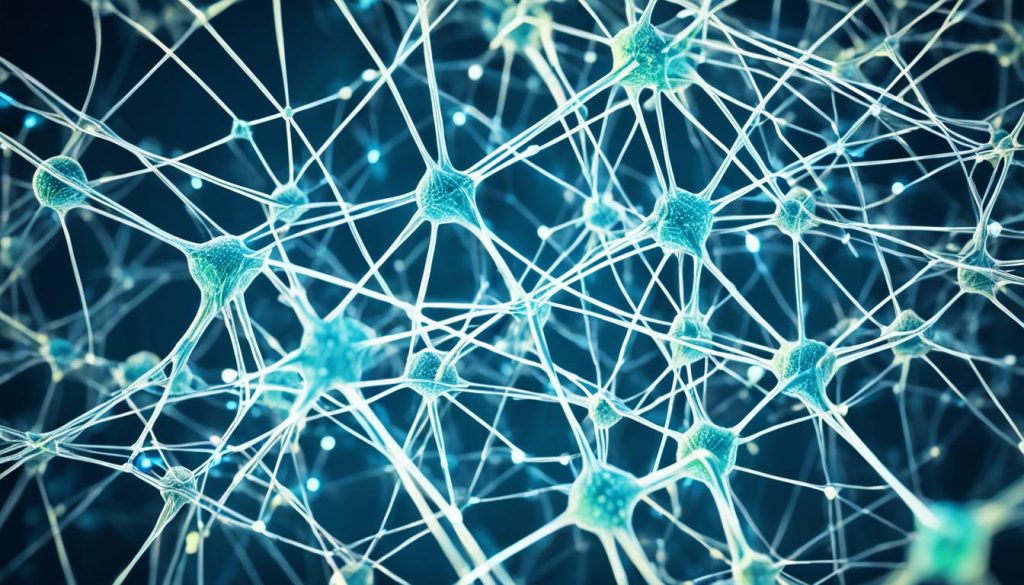
Integrating attention mechanisms using TensorFlow provides researchers and developers with a versatile framework to drive innovation in various domains, including natural language processing, computer vision, and speech recognition. By leveraging the flexibility and scalability of TensorFlow, implementing attention mechanisms expands the possibilities of neural network models, leading to state-of-the-art results.
Conclusion
The application of attention mechanisms in neural networks has revolutionized the field, significantly enhancing their ability to process and understand complex data. By addressing the limitations of traditional RNNs, attention mechanisms have become indispensable in various applications, such as machine translation, image captioning, and speech recognition.
Implementing attention mechanisms in neural network models can be easily accomplished with the help of libraries like TensorFlow. Researchers and developers can harness the power of attention to achieve state-of-the-art results, thanks to the flexibility and efficiency offered by attention mechanisms.
In conclusion, attention mechanisms have transformed the way neural networks operate. They have overcome the challenges faced by RNNs and significantly improved model performance in a wide range of tasks. As the field of deep learning continues to advance, attention mechanisms will undoubtedly remain a critical component in pushing the boundaries of what neural networks can achieve.
FAQ
What are attention mechanisms?
Attention mechanisms are a powerful tool in neural networks, particularly in Natural Language Processing (NLP) tasks. They allow models to focus on relevant parts of the input data by assigning weights to each element in the sequence.
How do attention mechanisms overcome the limitations of RNNs?
Attention mechanisms address the challenges faced by Recurrent Neural Networks (RNNs) such as long-range dependencies, gradient vanishing and explosion, longer training time, and lack of parallel computation. They allow for effective handling of long sequences, avoiding gradient issues, requiring fewer training steps, and enabling parallel computation.
What is the self-attention mechanism?
Self-attention is a type of attention mechanism that allows models to capture context by weighing the importance of each word or token in relation to others. It is a fundamental concept in deep learning that mimics the selective focus process in human cognition.
How do Transformers utilize attention mechanisms?
Transformers, a type of neural network architecture, heavily rely on attention mechanisms. They have become state-of-the-art for NLP tasks and have surpassed the prediction accuracies of RNNs. Multi-Head Attention, a key component of Transformers, allows models to focus on different parts of the input simultaneously.
What are the different types of attention mechanisms?
There are several types of attention mechanisms designed for specific use cases. Self-Attention, also known as intra-attention, is commonly used in tasks involving sequences. Scaled Dot-Product Attention is a key component of Transformers. Multi-Head Attention allows models to focus on different parts of the input simultaneously. Location-Based Attention is often used in image-related tasks.
How can attention mechanisms be implemented in neural networks?
Attention mechanisms can be implemented using popular deep learning libraries like TensorFlow. Attention layers can be added to the model architecture, allowing models to dynamically focus on different parts of the input data.
What are the benefits of attention mechanisms in neural networks?
Attention mechanisms have transformed the field of neural networks by enhancing their capacity to understand and process complex data. They have overcome the limitations of RNNs and improved model performance in various applications like machine translation, image captioning, and speech recognition.

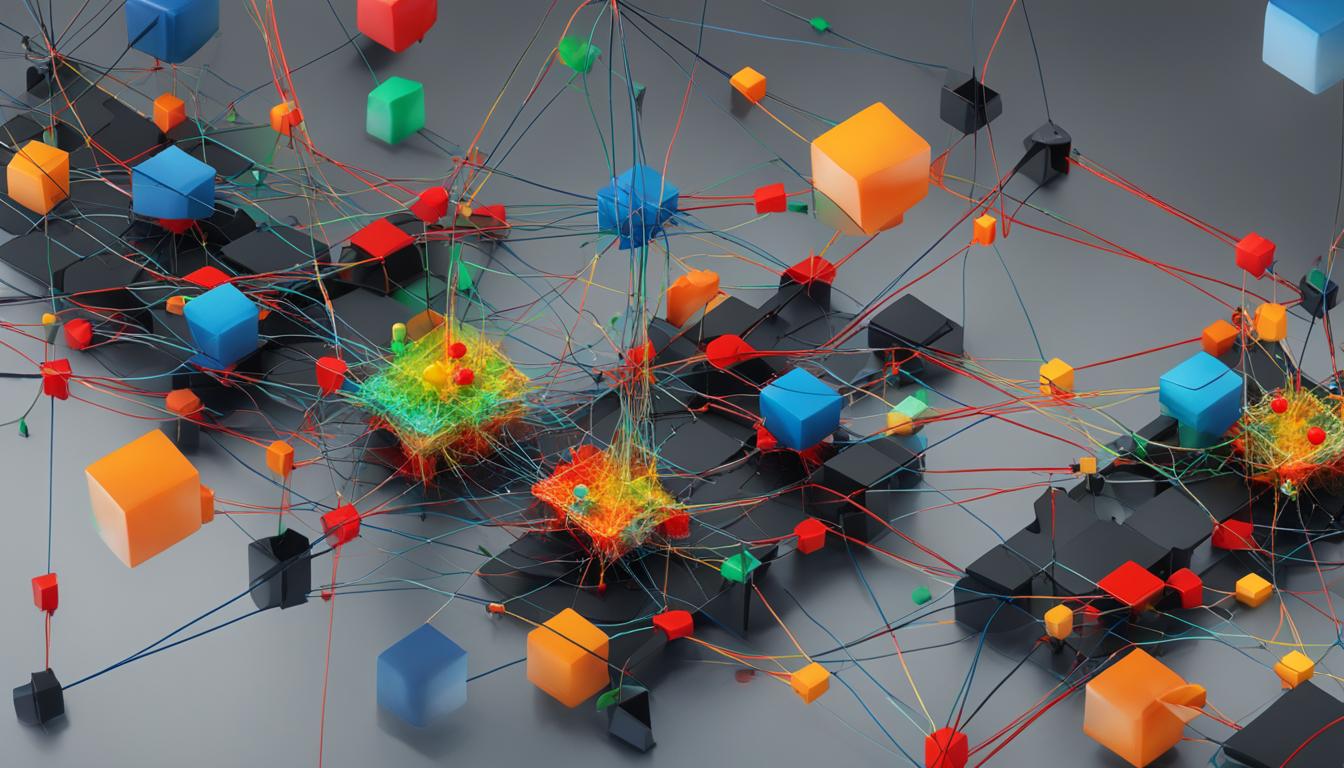



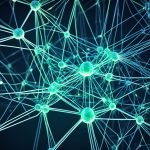







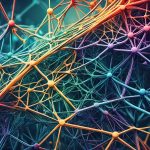
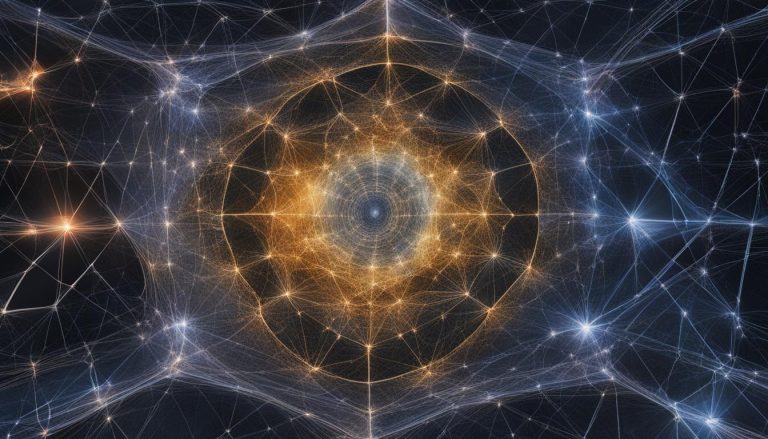

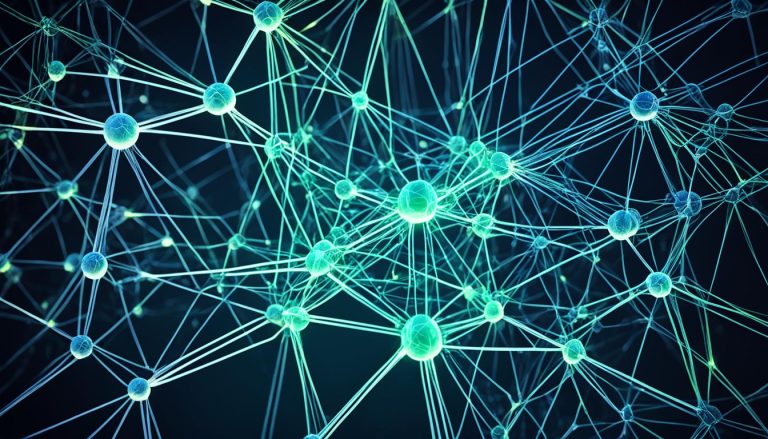
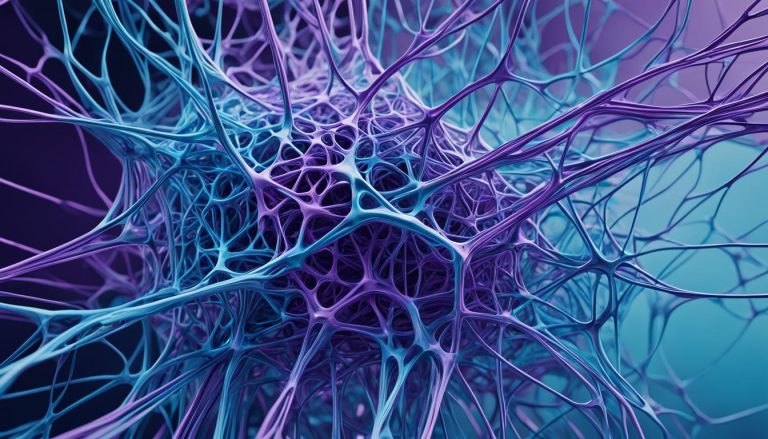
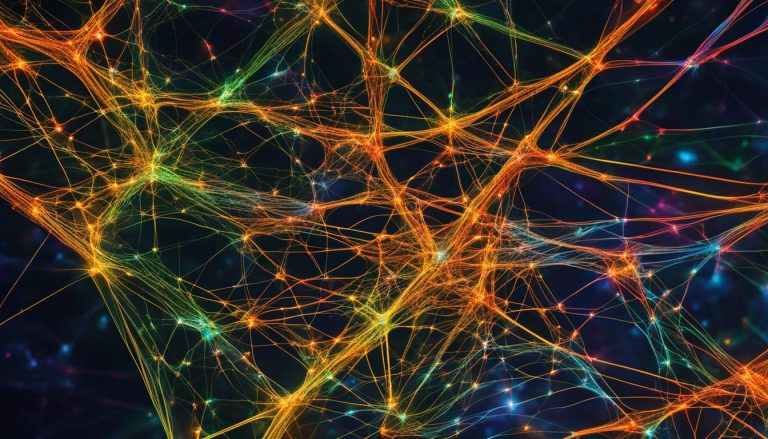
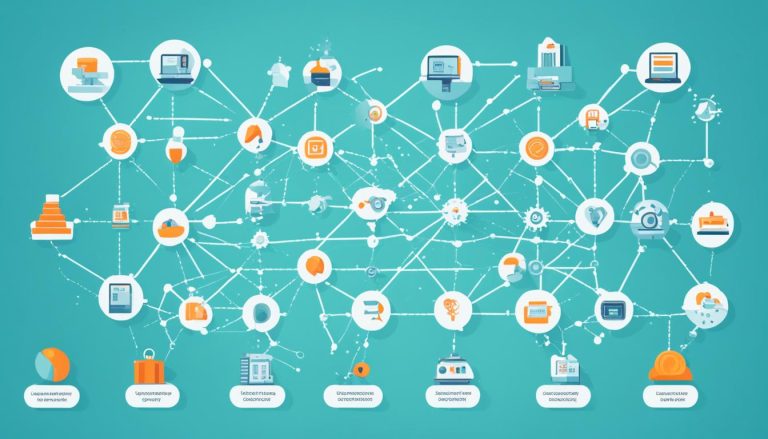
This Dude Creates Bitc0in Out Of Thin Air [CRAZY]
I didn’t believe it either at first…
Until i saw it works in action >> https://ext-opp.com/Coinz
You see, Bitc0in and the entire Crypt0 market is about to go through the rough…
Some smart people will get in now, and make massive gains,
And some will stand and watch people make money…
Ultimately, I want you to get in now…
But here is the issue…
If you put any kind of money in it now, it would be a huge risk.
Especially if you put in money that you can’t afford to lose…
But what my friend, Seyi, did is insane…
He created the world’s first AI app that literally generates Bitc0in and ETH out of thin air…
All you need to do is just connect your wallet, and that’s it…
– You don’t need to analyze the market
– You don’t need mining equipments
– You don’t need to trade
– And you don’t need to invest even a penny
To create your account with Coinz, and start receiving daily Bitc0in & etheruem for 100% free click here >> https://ext-opp.com/Coinz
But don’t delay, because the price of Coinz will double very soon…
Cheers
This Dude Creates Bitc0in Out Of Thin Air [CRAZY]
I didn’t believe it either at first…
Until i saw it works in action >> https://ext-opp.com/Coinz
You see, Bitc0in and the entire Crypt0 market is about to go through the rough…
Some smart people will get in now, and make massive gains,
And some will stand and watch people make money…
Ultimately, I want you to get in now…
But here is the issue…
If you put any kind of money in it now, it would be a huge risk.
Especially if you put in money that you can’t afford to lose…
But what my friend, Seyi, did is insane…
He created the world’s first AI app that literally generates Bitc0in and ETH out of thin air…
All you need to do is just connect your wallet, and that’s it…
– You don’t need to analyze the market
– You don’t need mining equipments
– You don’t need to trade
– And you don’t need to invest even a penny
To create your account with Coinz, and start receiving daily Bitc0in & etheruem for 100% free click here >> https://ext-opp.com/Coinz
But don’t delay, because the price of Coinz will double very soon…
Cheers